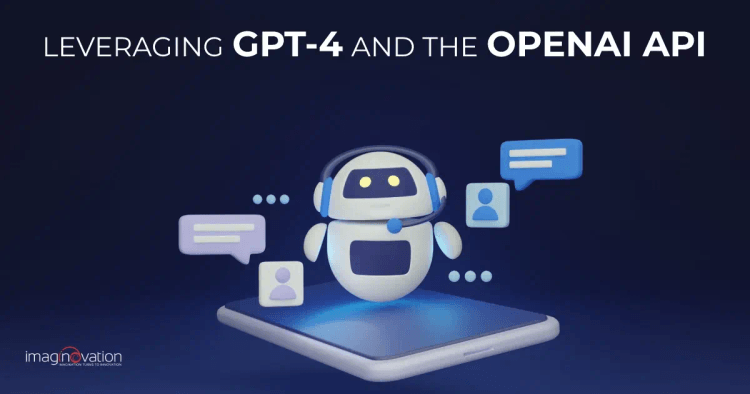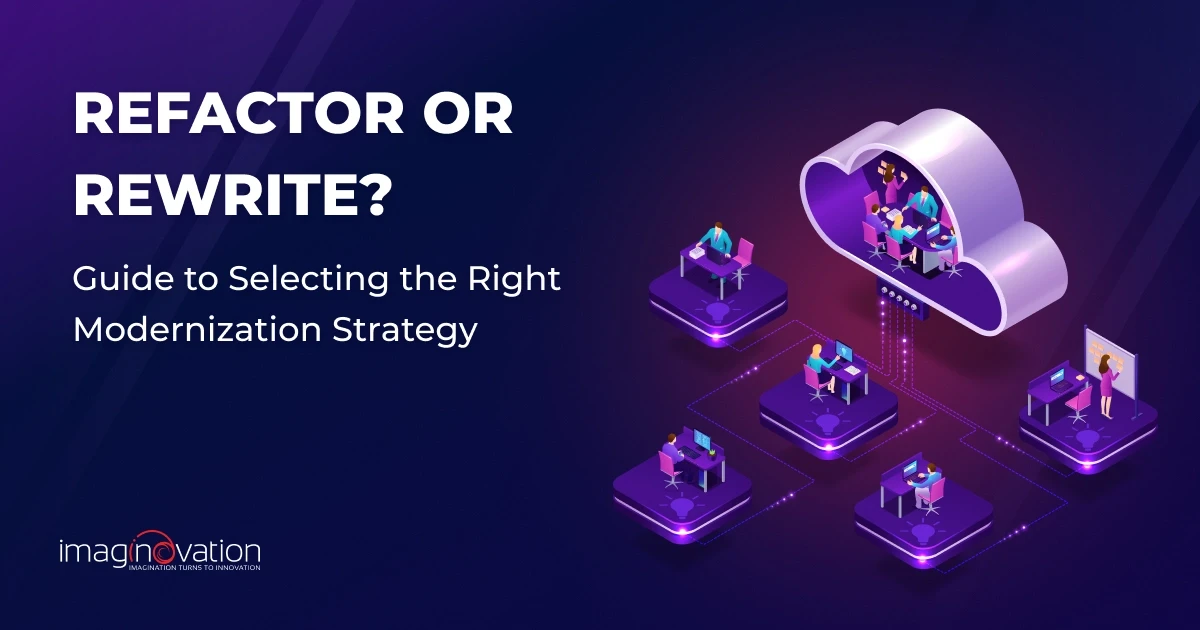Picture this: A world where you can automate your customer service, generate multi-lingual marketing content on the fly, and even predict your financial performance with complete accuracy.
Sounds too good to be true, right?
Well, with GPT-4 and the OpenAI API, this world is possible and within your reach. In fact, with GPT-4 and OpenAI API, the lines between human and machine intelligence are getting blurrier by the day.
And if you still need to leverage the power of GPT-4 and the OpenAI API, then you're missing out on a world of new possibilities.
You can think of GPT-4 as a brilliant mind with the ability to process and generate human-like language at an astonishing level. And with the OpenAI API, you can tap into this power and unleash it onto your business, creating new opportunities, streamlining processes, and delivering outcomes that are out of this world.
So get ready because this guide will take you on a journey through the incredible world of GPT-4 and the OpenAI API. We will show you how you can use GPT-4 and the OpenAI API to take your business to the next level.
Let’s get started!
The Evolution of OpenAI and the Advent of GPT-4
OpenAI is a San Francisco-based AI research laboratory with a team of scientists, engineers, and researchers dedicated to advancing artificial intelligence.
OpenAI was founded in 2015 by a few tech luminaries, including Elon Musk, Sam Altman, Greg Brockman, Wojciech Zaremba, Ilya Sutskever, and John Schulman.
The mission of OpenAI is straightforward but very ambitious - to create AI tools that are safe and accessible so that they can empower people instead of eradicating harm.
Since then, OpenAI has come up with a remarkable array of tools. Among them are DALL·E, an AI image generator, and CodexAI, the driving force behind CoPilot, GitHub's coding suggestion tool.
However, those accomplishments were just the beginning.
With time, OpenAI has skyrocketed to become the most sought-after brand in the tech industry. This is thanks to ChatGPT—an astonishingly powerful AI chatbot built upon OpenAI's flagship GPT-3 language model.
Now, let's explore the origins of OpenAI’s remarkable journey.

The history of OpenAI
The early days
Let's begin from the beginning when a fascinating concept emerged - Artificial Intelligence (AI). It started with pioneers dreaming of machines that could think, learn, and surpass humans.
The story started in the 1950s when scientists and visionaries embarked on a quest to create intelligent machines. Their mission was to replicate the intricate workings of the human mind. They wanted to explore the realms of logic, reasoning, and problem-solving.
Then, Alan Turing, a brilliant mathematician, and logician, played a crucial role in the development of AI. His groundbreaking research in the 1950s laid the foundation for computer science. It attracted brilliant minds, including John McCarthy, who coined "artificial intelligence" in 1956.
McCarthy established an AI project at MIT two years later, signaling a promising future for AI research. However, the initial optimism was followed by a decline in funding and interest. This was due to disappointing results and technological limitations.
Then in the 1990s, breakthroughs in machine learning and natural language processing reignited interest in AI.
In the early 2000s, further developments occurred, including the rise of big data, improved algorithms, and enhanced computing power. This created more opportunities for advanced AI systems.
OpenAI Enters the Scene (2015–2017)
The swift expansion of AI systems sparks concerns about its trajectory. So in 2015, Sam Altman, former CEO of Y Combinator, and Elon Musk-led an initiative to ensure the safe and open development of AI. This was the beginning of OpenAI's history.
Before they started the company, Altman and Musk were worried about the dangers and possibilities of AI technology. They even called it the most significant danger to humanity.
Shift and expansion (2017–2019)
Over the next two years, OpenAI shifted towards general AI research and development. In 2018, they introduced the concept of Generative Pre-trained Transformers (GPT), which revolutionized natural language processing.
GPT
GPT-1 was the first version of Generative Pre-trained Transformers developed by OpenAI in June 2018. However, despite its impressive capabilities, GPT-1 had some limitations, such as an occasional lack of factual accuracy and a tendency to produce generic or nonsensical responses.
GPT-1 set the groundwork for future advancements. And, OpenAI addressed these limitations with subsequent iterations.
GPT-2, built in February 2019, significantly improved language generation with 1.5 billion parameters, becoming one of the most significant language models.
GPT-2 profoundly impacted natural language processing tasks like text completion, translation, and question-answering, showcasing the potential of large-scale language models and inspiring research and innovation.
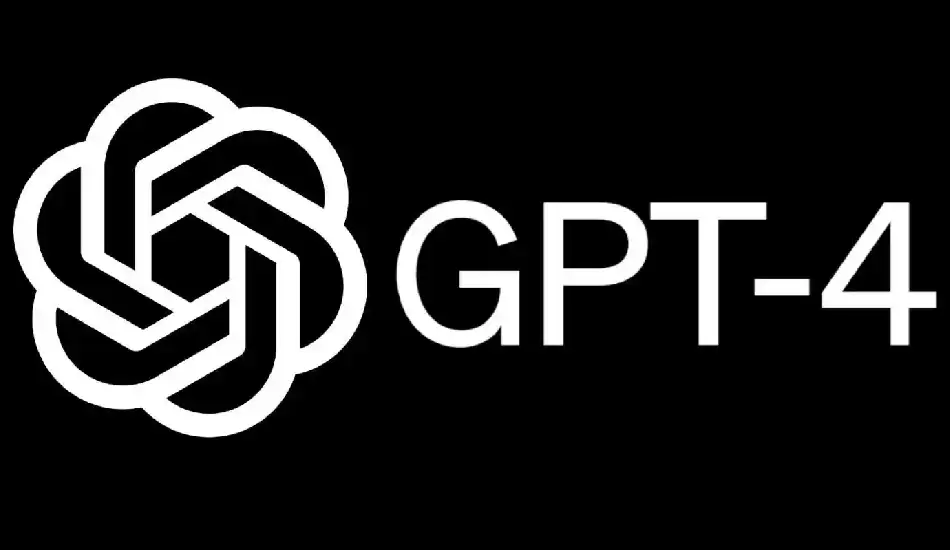
Building upon its success, GPT-3 was released in June 2020, setting new benchmarks with its remarkable ability to generate human-like text across various domains and languages. Its versatility found applications in content generation, chatbots, code completion, and virtual assistance.
Then came GPT-3. Its release attracted widespread attention and inspired creative use cases. Developers marveled at its capabilities while recognizing its limitations, including occasional logical inconsistencies and difficulties in contextual understanding.
Looking ahead, OpenAI has set its sights on developing GPT-4, the latest iteration in the GPT series. GPT-4 is expected to push the boundaries of language understanding and generation even further. OpenAI's continued research and advancements in AI technologies promise to deliver more robust, efficient, and responsible models that can benefit a wide range of industries and applications.
Overview of the OpenAI API and Its Integration with GPT-4
GPT-4 is the newest version of OpenAI's super-smart language model. It's like a superbrain that understands and writes in human language.
We can safely say that GPT-4 is even better than its older versions. That's because it has learned from a huge amount of information and used more advanced methods to train. GPT-4 is so advanced, so much so, that it can generate text that sounds just like a human and understand its meaning.
GPT-4 is a very talented writer who can create compelling stories and write in many languages. However, if we want to use their writing skills to create something useful like a chatbot, we need a way to communicate with them. This is where the OpenAI API comes in.
The OpenAI API acts as a translator between GPT-4 and software developers who want to use its writing abilities for their applications. With the OpenAI API, developers can ask GPT-4 to create content, translate text, generate responses for chatbots, and perform many other tasks.
So, the OpenAI API is like a communication tool allowing software developers to tap into GPT-4's impressive writing abilities and create amazing applications that can understand and communicate with humans.
Potential Applications of OpenAI and GPT-4 for Businesses
OpenAI for businesses and its language model, GPT-4 has a wide range of applications across various sectors.
Here are some examples of how businesses can utilize them:
1. Content Translation
GPT-4 is like a language wizard that can perform accurate and natural-sounding translations. And it's super easy to use! Just follow these simple steps:
- First, enter your text to be translated.
- Choose your target language.
- In the blink of an eye, it works its magic and generates the perfect translation.
Imagine the possibilities GPT brings to you. With GPT-4, you can effortlessly translate essential documents, webpages, marketing materials, and articles and even handle customer inquiries from different countries. GPT-4 opens doors to global communication and seamless language exchange.
2. Boosting Productivity with Minimal Errors
With OpenAI, you'll receive instant explanations and helpful suggestions to tackle error messages head-on.
For instance:
- Medical Marvels: OpenAI models can learn from extensive medical datasets, aiding in diagnoses by identifying diseases from medical images. This boosts efficiency, providing faster and more accurate diagnoses and reducing errors caused by human oversight.
- Service Excellence: OpenAI models predict customer behavior, anticipating their needs. This enhances efficiency, reducing response time, increasing customer satisfaction, and minimizing errors resulting from human oversight.
But that's not all! OpenAI also scrutinizes code, pinpointing potential bugs. By leveraging OpenAI, developers make fewer mistakes, swiftly locating and fixing errors to prevent untoward incidents.
Moreover, OpenAI streamlines code debugging, saving you time, money, and effort while enhancing the overall process.
3. Streamline legal processes

GPT is also revolutionizing the way companies handle their legal operations. For example, AI tools enable legal teams to conduct efficient legal research, analyze case law, and draft legal documents.
As a result, there is an improvement.
For instance, GPT-4 can assist a company's legal team in scrutinizing contracts, identifying potential legal issues, and ensuring compliance with regulations. This helps reduce the likelihood of legal disputes.
Moreover, GPT's predictive abilities can support legal teams in making informed decisions by analyzing past judgments, laws, and regulations.
Isn’t this great?
This empowers companies to devise effective legal strategies and minimize the risk of future disputes.
Moreover, by embracing generative AI for their legal operations, companies can boost productivity, reduce research and document drafting costs, and enhance the quality of legal services provided.
4. Innovative product development
Developing innovative products and streamlining the design process can pose challenges for many businesses. However, there are creative solutions, one of which is harnessing the power of artificial intelligence (AI).
OpenAI and GPT-4 can be crucial in accelerating innovation and product development. By leveraging generative AI, businesses can automate design processes, optimize product features, and generate new ideas, leading to faster and more efficient innovation cycles.
For example, AI-powered design tools in manufacturing can analyze constraints like weight, strength, and material usage to create optimized designs for car parts, airplane components, and more. This makes new product development an exciting use case for generative AI in business.
Furthermore, AI-powered mechanisms like GPT-4 can personalize product designs based on customer preferences and behavior. Companies can generate unique and tailored designs that meet individual customers' needs and expectations by analyzing customer data.
5. Customer service automation
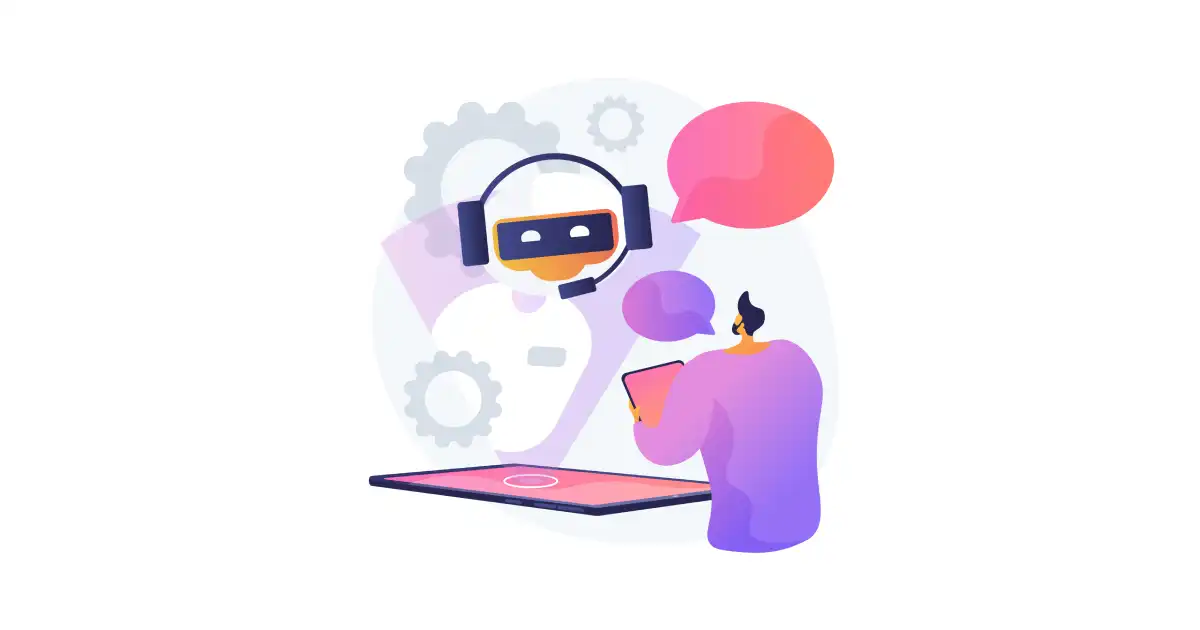
GPT-4 offers exciting possibilities to automate and improve customer service, freeing your employees from repetitive tasks. Here are a few ways GPT-4 can revolutionize your customer support:
- Customer service chatbots: Integrate GPT into your chatbot solution or leverage an existing app with GPT-4 API. Chatbots powered by GPT can engage in personalized conversations with customers, answer queries, and provide product recommendations, boosting the sales process.
- Streamline customer service emails: OpenAI GPT-4 can automate customer support by understanding email concerns and crafting tailored solutions for quick replies.
- Personalized product suggestions: Utilize GPT-4 to offer customers relevant product or service recommendations, leveraging their preferences and past interactions on your website or app.
By utilizing GPT-4's capabilities, you can automate customer service, save time, and enhance customer satisfaction, thus providing exceptional support experiences.
6. Predictive Analytics for Better App Monetization
OpenAI's predictive analytics feature empowers you to use the power of machine learning for data analytics and predictions. This is a fantastic capability as it drives performance improvements.
With various algorithms and models like linear regression, decision trees, and neural networks, you can leverage predictive analytics to forecast sales, identify potential customer churn, and detect fraud.
Here are a couple of examples:
- In-app Purchase Prediction: Analyze user behavior to predict which users will most likely make in-app purchases. Target them with personalized promotions or offers, maximizing conversion rates.
- Ad Targeting: Predict which users are most likely to click on ads and serve them with relevant advertisements based on their interests, optimizing ad engagement.
With the help of OpenAI's predictive analytics, you can unlock valuable insights, tailor your strategies to user preferences, and boost your business's profitability.
7. Conduct a semantic search
The semantic search goes beyond literal word matching, aiming to understand the true meaning behind search queries. While existing search engines like Google incorporate some semantic search capabilities, GPT-4 can take it to a new level.
GPT-4 harnesses the power of natural language processing to comprehend the relationships between words and concepts, enabling it to provide highly relevant and accurate answers. Semantic search opens up exciting possibilities, including:
- Efficient Data Curation: Seamlessly curate unstructured business intelligence (BI) data without time-consuming content management solutions. GPT-4 can extract meaningful insights and organize information for quick and easy access.
- Automated Analysis of Audio and Visual Content: GPT-4 empowers businesses to effortlessly search and analyze vast amounts of audio and visual data. Podcasts, videos, and other media sources can be explored and processed without manual effort, saving time and resources.
- Complex Question Answering: Tackle challenging questions in technical or medical domains that may be difficult to address with traditional search engines. GPT-4's semantic search capabilities enable accurate and insightful answers to complex queries.
GPT-4's semantic search revolutionizes how we interact with search engines, unlocking a deeper understanding of user intent and delivering more meaningful results.
Industries That Can Benefit The Most from OpenAI
OpenAI can potentially bring significant benefits to various industries, revolutionizing how they operate. Here are some industries that can benefit the most from OpenAI:
1. Education & learning
Amid the pandemic, online learning became the norm for students worldwide. OpenAI emerged as a game-changer by seamlessly integrating with virtual platforms to elevate students' learning experience.
OpenAI offered personalized suggestions and created tailored, interactive content using NLP (Natural Language Processing). Early tests conducted at top universities such as Stanford and Harvard showed positive impacts of leveraging OpenAI.
With many additional benefits, OpenAI's potential to transform education globally looks promising.
2. Media & entertainment
OpenAI empowers the media and entertainment sector to create compelling content, deliver personalized experiences, and leverage data-driven insights.
It generates high-quality content, such as scripts, and stories, quickly, reducing the time and effort required for creative production. OpenAI also powers interactive storytelling experiences, virtual characters, and chatbots that engage and entertain users. It thus enables immersive interactions, blurring the line between fiction and reality.
It enhances user engagement, expands creative possibilities, and shapes the future of media and entertainment.
3. Healthcare
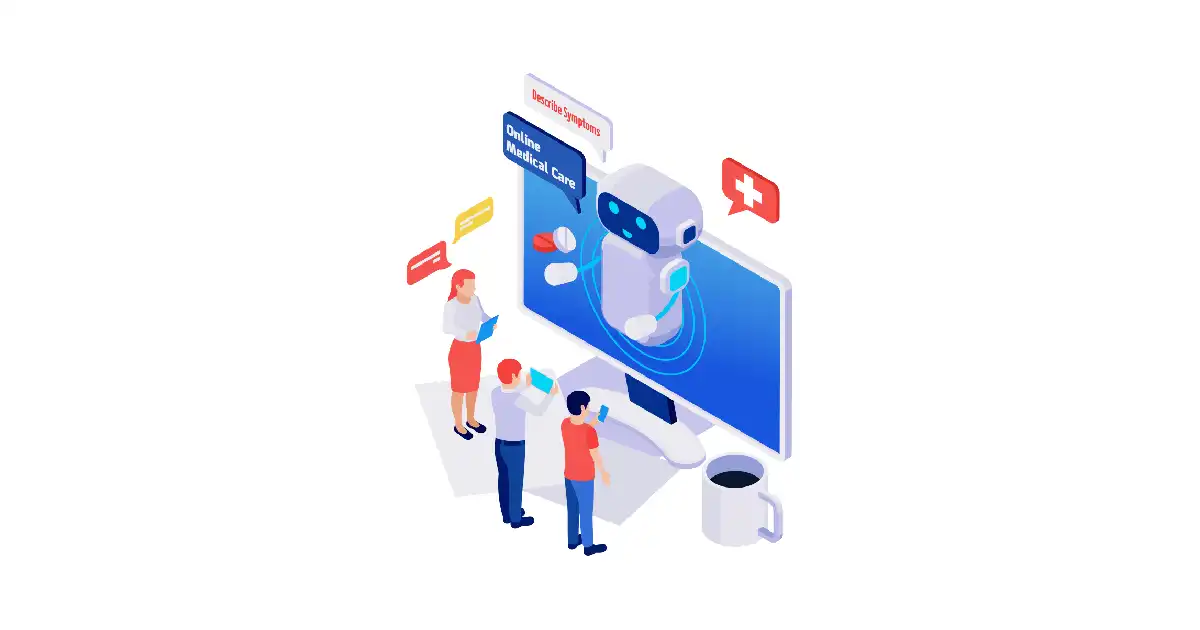
OpenAI can assist healthcare professionals in medical diagnosis, drug discovery, personalized treatment plans, and analyzing large medical datasets. It can improve patient outcomes, optimize workflows, and enhance decision-making processes.
For example, OpenAI combines AI and deep learning algorithms to create a vast collection of medical images. OpenAI generates initial insights into potential conditions
by comparing patient injuries with this database.
This information empowers physicians to diagnose faster and more accurately during doctor visits. In addition, OpenAI's technology, integrated into medical applications, enables individuals to learn about their injuries remotely.
In the future, this approach could alleviate the strain on global healthcare systems by improving efficiency and empowering patients with valuable knowledge about their health conditions.
4. B2B Sales
OpenAI can power chatbots and virtual assistants, allowing businesses to provide round-the-clock customer support.
These AI-powered agents excel at understanding and generating human-like text, enabling businesses to streamline various communication tasks.
One great example is Walnut, a platform that has been successful in helping B2B sales teams improve their personalized product demonstrations. They have recently introduced Walnut Ace, an enhanced version of their software powered by OpenAI.
By combining their product demo suite with AI generation, Walnut enables sales representatives to create scripted demo pitches and answer product-related questions quickly. This efficient system allows businesses to conduct more product demonstrations, significantly speeding up the sales process.
5. Manufacturing & Automation
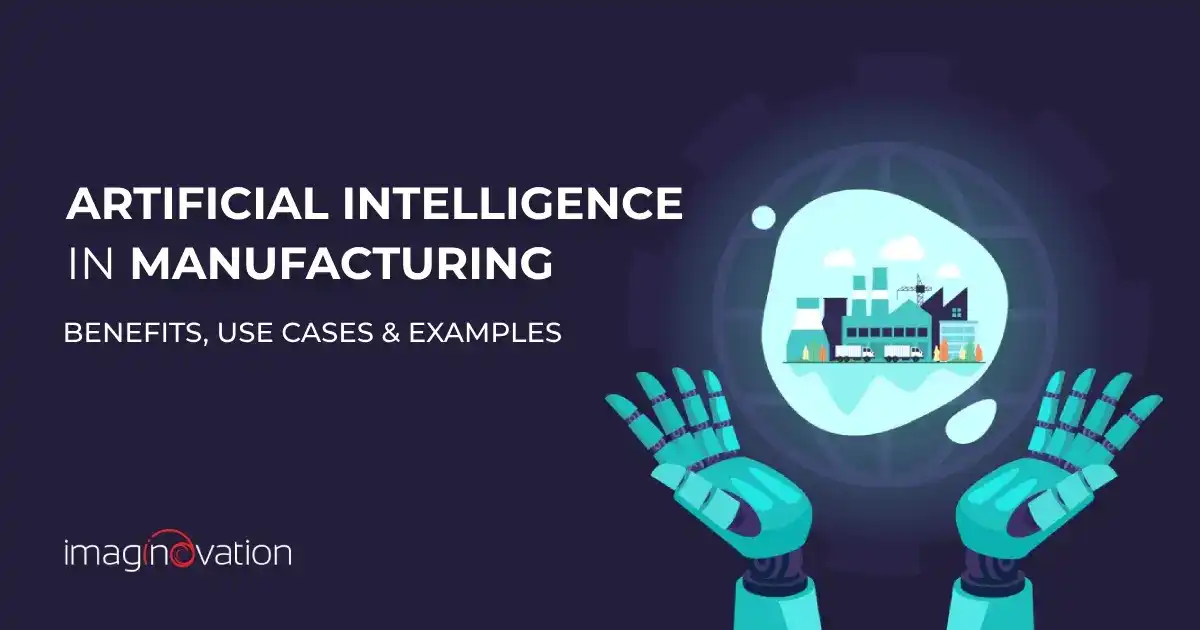
OpenAI is revolutionizing the manufacturing industry worldwide by automating systems. Repetitive tasks like data entry can be efficiently handled by AI, resulting in cost savings for businesses.
Moreover, OpenAI's advanced technology enables the development of interactive robots capable of engaging with their surroundings.
These robots can be trained for specific tasks, reducing the reliance on human labor in various operations. As OpenAI's technology advances and becomes more precise, the range of roles these robots can fulfill continues to expand.
Moreover, OpenAI assists in rapid prototyping and design iterations by generating design ideas and providing real-time feedback. This accelerates the product development cycle, allowing manufacturers to bring new products to market faster.
6. Finance
The financial services industry heavily relies on data and technology, making it a prime candidate for automation. For example, OpenAI is currently used in finance to streamline data entry or customer management processes.
It also aids in complex financial system tasks like portfolio balancing and business strategy development.
OpenAI comes in handy in customer onboarding and application processing, reducing paperwork and improving efficiency. By leveraging OpenAI, finance businesses can speed up processes, decrease errors, and ensure more accurate record-keeping.
With advanced natural language processing, OpenAI guides businesses to make informed financial decisions, offering valuable insights and enhancing decision-making capabilities in the industry.
Note that these sectors are not exhaustive, and OpenAI's benefits extend to many other industries and domains. As OpenAI advances, its applications will likely expand, unlocking new opportunities and transforming various sectors.
Harness the Power of GPT-4 and the OpenAI API to Transform Your Business
Embrace the power of GPT-4 and the OpenAI API to drive innovation and stay ahead in the digital era. From enhancing customer experiences to automating tasks, these cutting-edge technologies unlock limitless potential for your business.
Don't be overwhelmed by AI implementation. We specialize in guiding businesses through this transformative journey. Our experts will help you understand the possibilities, tailor solutions, and navigate the realm of GPT-4 and the OpenAI API.
Contact us today to explore how your business can leverage GPT-4 and the OpenAI API. Let's unlock new realms of creativity, efficiency, and success together.
Ready to build an app, but not sure where to start?
We've got you covered. Click the button below to get started.

